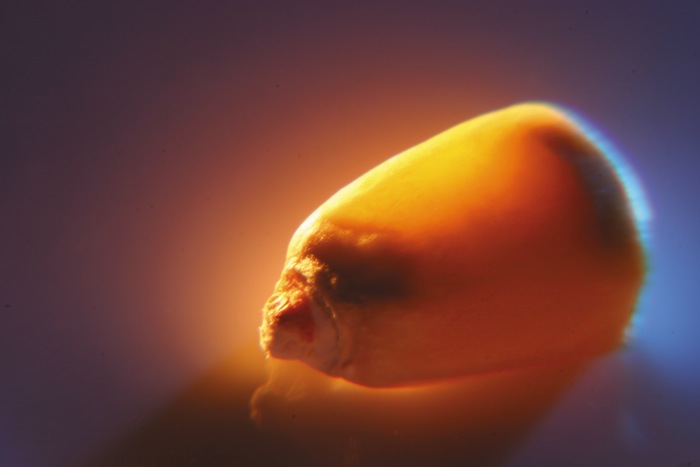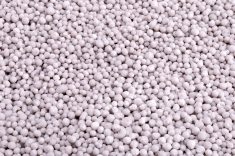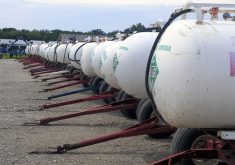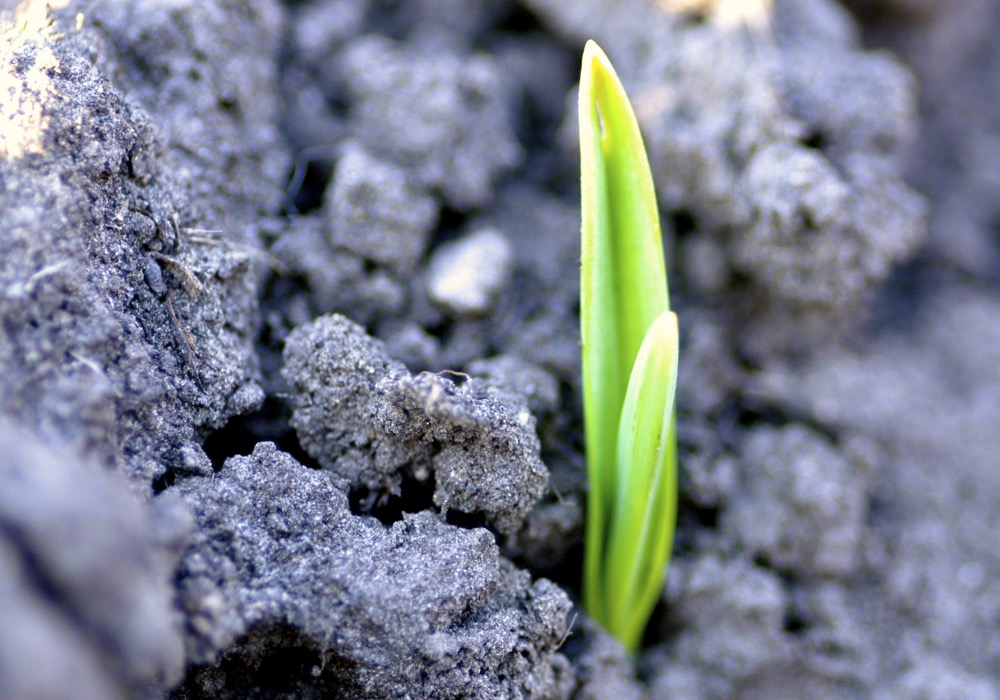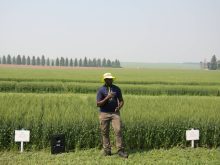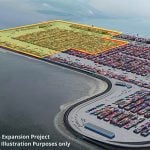When Jack’s mother threw the bean seeds out the window, little did she know of their powers. Overnight, a large stalk had grown and Jack promptly climbed up the beanstalk to their future fortune.
That fairy tale now mirrors reality as we look at the massive growth in GM seeds and their place in gardens and fields. The seed market had grown to US$47 billion last year, with GM seed leading the growth. The big six companies that control 70 per cent of the seed, led by Monsanto, expect GM seed will account for 50 per cent of all seed and an increase in revenue to US$53 billion by 2018.
Read Also

Guarding against misinformation: Do you believe in house hippos?
Misinformation and disinformation run rampant in today’s digital age. Farmers must be wary of the digital dangers and know how to keep themselves safe.
Monsanto has taken the global lead, largely by acquisition as it scooped up 50-plus seed and related companies since 1996. It, DuPont and Land O’Lakes control half of the seed market globally and have cross-licensing agreements with all the big five. Monsanto GM seed alone now accounts for more than 80 per cent of American corn acres and over 90 per cent of U.S. soybean acres. Although over one billion farmers must rely on farmer-owned seeds, the right to patent seed and own the intellectual property is changing the field — and the garden — globally. (A quarter of the vegetable seed industry is controlled by Monsanto.)
- More from the Alberta Farmer Express: Chinese woman arrested in plot to steal U.S. corn technology
It takes more than seed to grow a plant and the story of the giants would not be complete without considering the other inputs. Again, Monsanto is the monster in the room when it comes to chemical sales. Some analysts are starting to wonder if seed development is now targeted at seeds dependent on chemical, rather than created for the environment of the plant, the betterment of the farmer and the improvement of yield. I cannot say — but the tight relationship between seed and chemical dominance is a reality. The convergence of the two industries was ignited by the U.S. Bayh-Dole Act in 1980, which allowed for the patenting of seed.
Agrium leads the world in fertilizer sales by revenue and Yara leads the world in fertilizer sales by volume. As Agrium has sales on all three macro ingredients, the company may be unshakable with 1,500 facilities worldwide and a 26 per cent ownership share in MOPCO in Egypt. What is interesting about fertilizer is that these companies are somehow exempt from antitrust legislation. That has led to the ownership of over half the global fertilizer market by only 10 companies that clearly have control over the nutrients in the mix.
Two-thirds of global potash production is shared between Canada and Russia, with Saskatchewan home to half of the world reserves and 35 per cent of global capacity. Potash can only be found in 12 countries, but large players such as PotashCorp are deeply interlinked. PotashCorp has interests and significant ownership in companies in Israel, Spain, Chile, China, Arab states and the U.K.
The nucleus of power is also evident in the trade of agricultural commodities. For the grain trade there is a well-known acronym: ABCD, which stands for ADM, Bunge, Cargill, and Louis Dreyfus. Collectively, they control between 75 per cent and 90 per cent of all global trade in grain. Cargill has the engine when it comes to grain trade. The family-owned company based in the U.S. started in 1865 and now employs 142,000 people. The 185 million tons of agricultural commodities traded each year travels on 450 ships from 28 export points and results in revenue of US$136.7 billion (2013).
ADM has 270 processing facilities and is big in transportation, with 27,400 rail cars, 52 ships, and 2,500 barges on the go at all times. Bunge is 195 years old and operates in 40 countries while Louis Dreyfus, the French company of 163 years of age, had sales last year of US$63 billion, but is so tightly run it has the highest profits.
Trading companies are also finance companies and are heavily involved in risk mitigation. Their threats come from the growth in retail giants that want more control right from the source and the emerging state-owned agribusinesses.
Ten retailers dominate the world. In North America, Walmart has a workforce of 1.2 million and gobbles up 47 per cent of global market share with an approximate C$1,100 billion of action. It is untouchable, controlling 69 supermarket chains in 27 different countries. Lagging behind are the next two, Carrefour and Tesco.
Both buyer and seller, the retailer of today can set a price that trickles down to trader, processor and producer. At this time in history, no more than five retailers will control 80 per cent of all food sales within most nations on earth. (China is the exception where 62 per cent of all retail food is sold in small shops.)
Jack had no idea that when he climbed the beanstalk to riches that other global giants would come from the ground up to take the biggest share of his future and his fortune.


